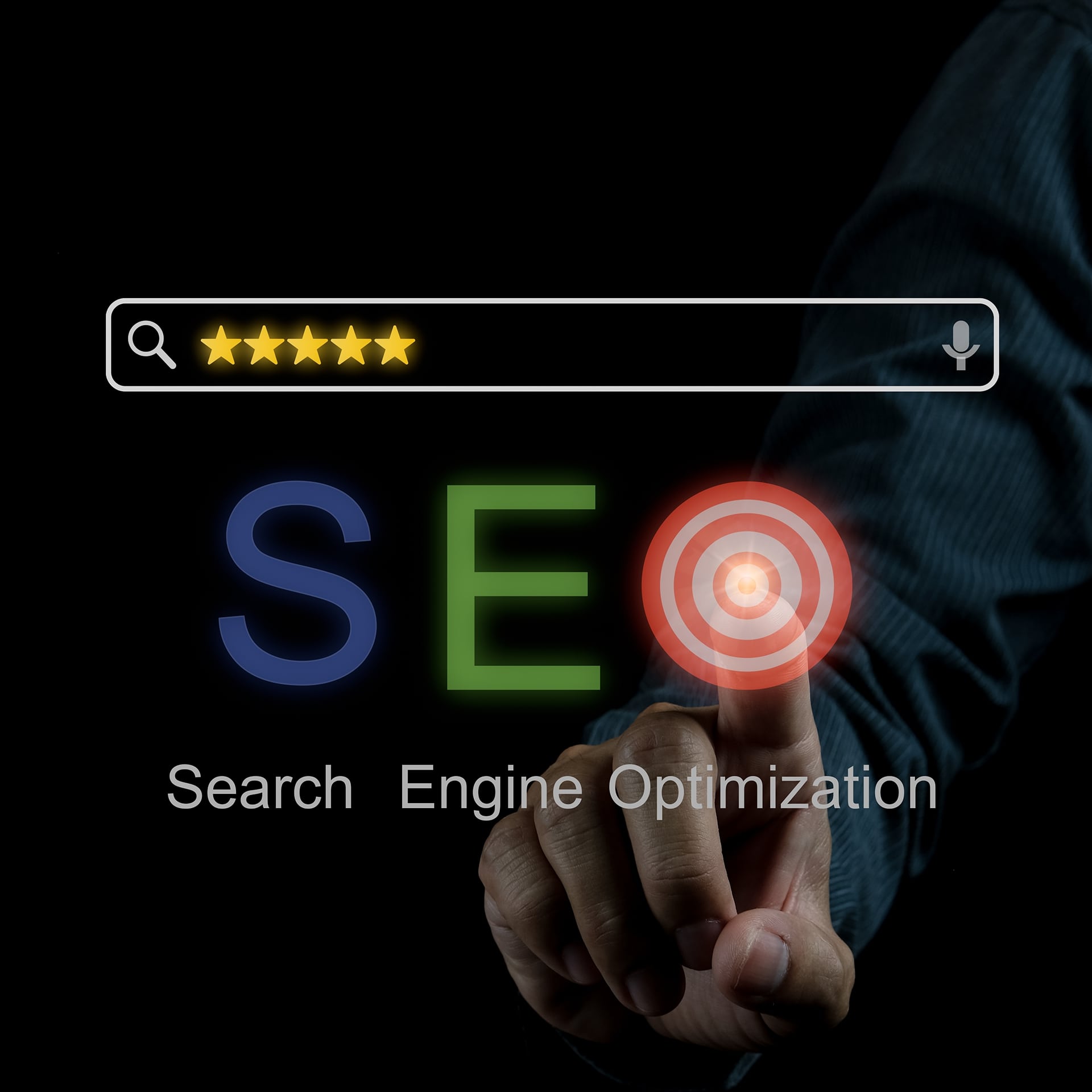Introduction
Proper content structure plays a key role in SEO optimization. Well-organized content improves readability, increases user time on the site, and helps search engines index pages better. In this article, we will look at how to properly structure content to improve SEO.
1. The Importance of Content Structure
- Simplifies navigation: Convenient headings and subheadings make the text easy to understand.
- Increases engagement: Structured text keeps users' attention.
- Indexing is improving: Search engines are better at recognizing and ranking pages.
- Increases the chance of getting into Featured Snippets (special Google search results blocks).
2. Basic elements of content structure
2.1. Using H1–H6 headings
- H1 – the main title, must be unique and contain a keyword.
- H2–H3 – subheadings for sections improve readability.
- H4–H6 – additional heading levels for nested items.
2.2. Short and informative paragraphs
- Divide the text into small paragraphs (3-4 sentences).
- Add lists for ease of reading.
2.3. Internal links
- Link your website pages together to improve SEO.
- Use anchor texts that contain keywords.
2.4. Metadata and keywords
- Title (page title) – includes the main keyword.
- Meta Description – a short description of the page (up to 160 characters), including CTA.
- URL – should be short and contain keywords.
3. Best Practices for SEO Content Structuring
3.1. Image Optimization
- Use alt-tags with keywords.
- Compress images without losing quality (WebP, TinyPNG).
3.2. Using Schema.org markup
- Improves search engine visibility.
- Adds structured data (reviews, recipes, events).
3.3. Creating readable and useful content
- Use language that your target audience understands.
- Add examples, cases, illustrations.
4. SEO Structuring Tools
- Google Search Console – search traffic analysis.
- Yoast SEO (for WordPress) – recommendations for titles and metadata.
- Screaming Frog – technical audit of the website structure.
- Ahrefs / SEMrush – analysis of competitors and keywords.
Conclusion
Proper content structure is an important element of successful SEO optimization. Use headings, short paragraphs, internal links, and metadata to improve readability and search visibility. Proper structuring will help attract more traffic and increase your website’s conversion.



